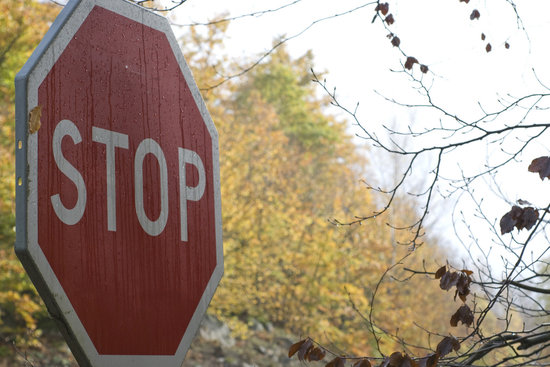While we all like to believe our blogs have weight and share important information with mass of internet users out there, the truth is the majority of blogs are white noise in a field so congested that few actually rise above the static and build a reputation and brand image for themselves.
So how do those select few succeed while the others flounder? The top blogs and content based websites out there all do two things that the majority of the other content creators out there don’t do. They produce great content, and they market their content to reach out to the public.
That seems like such an easy plan. While the first part is a combination of talent and dedication, the marketing side is entirely teachable. The problem is, most don’t actually know what great content looks like, at least when it comes time to gauge their own work.
The foundation of great content is almost always writing ability. You may not be the best writer at the start, but over time you can refine your voice and motivation for writing, and before long, you will be much better. But being able to write well doesn’t mean you’re automatically creating great content. Data is what raises competent writing to the level of great content.
Bloggers can write formally, but the blogging medium is largely used for subjective sharing. People don’t look for boring press releases when they search blogs. They are looking for one person to share their experience and information on a topic in a way that hopefully cuts past the normal politics that make up other advertising formats. The problem is, subjective information isn’t very useful unless you back it up with real quantitative information. It just isn’t very believable without stats and data to prove your point.
Just throwing objective data into a blog post won’t make your mediocre content great however. You have to know how to use the data within your post and build your argument around that data. Chris Warden gives some examples of blogs that do just that, as well as explaining more about how you can improve your content with objective data, all at Search Engine Journal.






